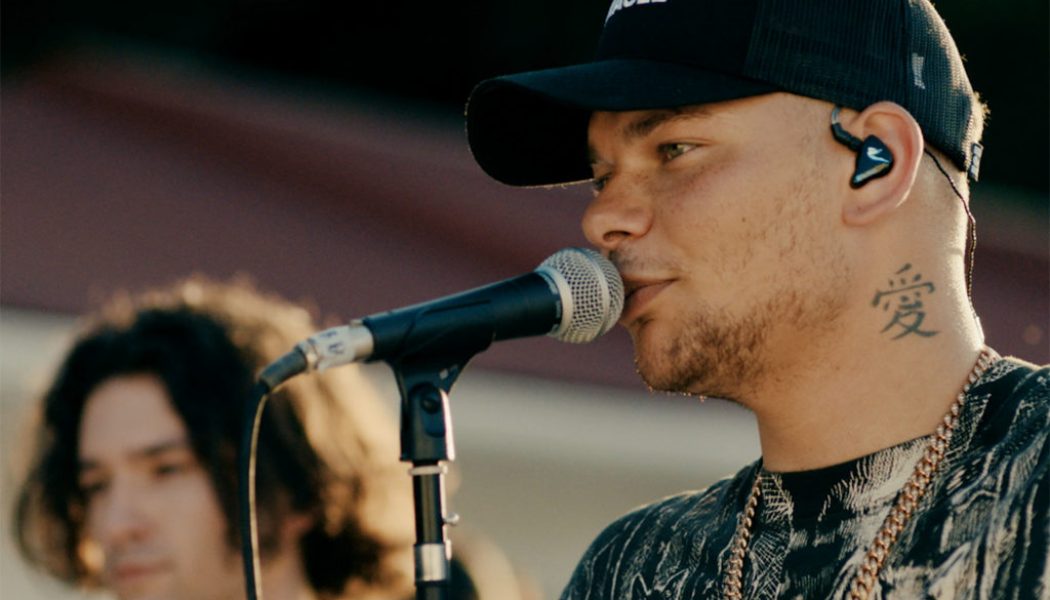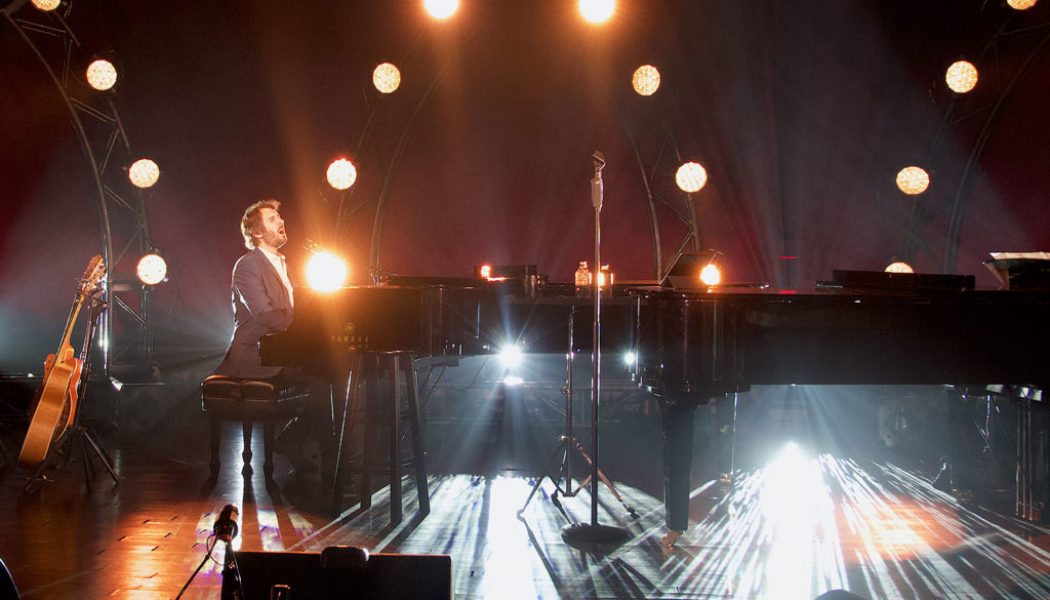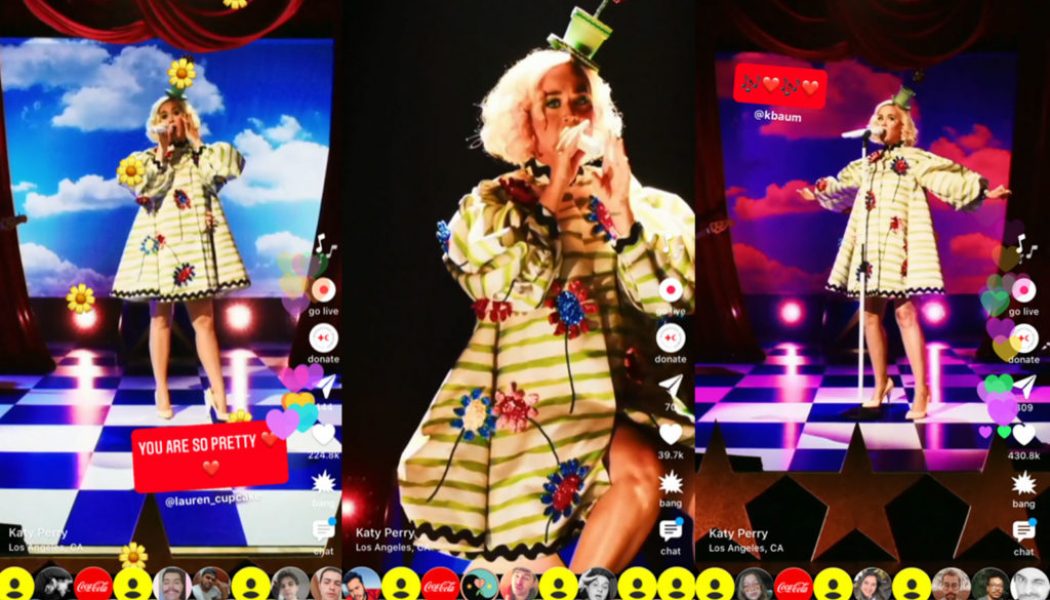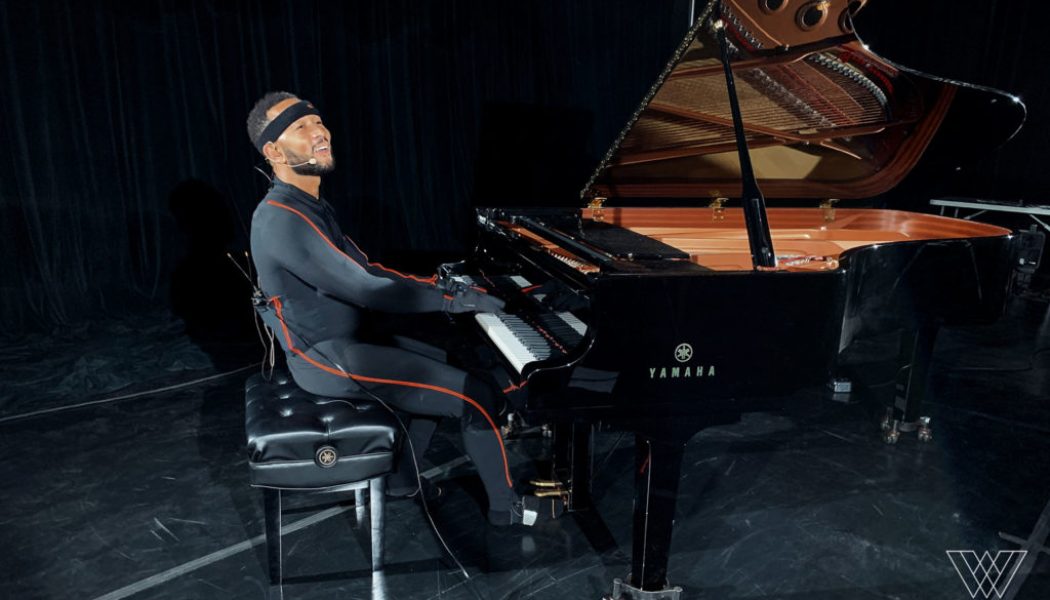The New Livestreaming Landscape
Building A Better Livestream: Crucial Lessons From Artists Who’ve Figured It Out
Practical advice from the players behind virtual concerts by Kane Brown, Dropkick Murphys, H.E.R. and Lissie. The first time singer-songwriter Lissie tried a livestream, in late March, she was at her then-boyfriend’s house in northern Virginia, and she had just managed to thank those in attendance — two dogs in the kitchen — before the camera fell to the floor. “This is so professional!” she declared. But over the months, both her equipment and her savvy became increasingly sophisticated, with the response to her ticketed streams strong enough to cover personal costs and make a charitable donation each time. (She also broadcast her rehearsals for fans who couldn’t afford a ticket.) On Aug. 2, she performed with a band and a dozen sound and lighting crew members at an empty Parkway The...
What’s a Livestream Worth?
How much is that concert in the computer window? Six months into the pandemic, here’s how artists are experimenting with pricing to see what consumers will pay. In April, Dutch DJ Oliver Heldens cruised the canals of Amsterdam in an open-air boat outfitted with turntables, blasting a set of future house music that was streamed on YouTube. The spectacle cost between $5,000 and $10,000 to produce, but Heldens made it free for viewers. He thought of it as a marketing expense to stay in fans’ minds as coronavirus lockdowns became the norm around the world, his manager, Dave Frank, tells Billboard. In the five months since, livestreamed concerts are slowly becoming a source of revenue, as well as promotion. These days, Frank, of management firm Milk & Honey, gets several livestream offers a...
Choosing A Livestream Platform: A Guide For Artists And Managers
The New Livestreaming Landscape Here’s how the leading livestream platforms stack up on revenue split, merch integration and more key variables for artists. When the coronavirus shut down the live industry, artists had no choice but to cancel or postpone their tours. Now they face an overwhelming range of choices as dozens of livestream platforms compete to be the next big virtual stage. Many of these livestream companies launched amid the pandemic, while new services are debuting on an almost weekly basis. They have much in common and are sometimes difficult to tell apart, but employ a variety of business models — including pay-per-view ticketing, sponsorship and virtual tipping. To help artists make an educated decision about which platform to use to reach their fans — or collect new one...
If You Stream It, Will They Come? Inside The Livestream Boom
Sessions founder Tim Westergren estimates the market for virtual concerts is worth $1 billion with the potential to grow to “tens of billions” in just a few years, but can that rate of expansion continue when actual live shows resume? At a 2007 Los Angeles music industry function, Ray Smith was pitching his new company, BE-AT.TV, to a high-ranking Live Nation executive. The business was focused on livestreaming electronic music festivals like Tomorrowland and Ultra Music Festival, and Smith says the executive’s reaction was not as he had hoped: “He was like, ‘Who the hell is going to sit at home and watch a bunch of kids partying on a laptop?'” Thirteen years and a global pandemic later, millions of music fans worldwide are doing just that, and Smith’s newly rebranded BeA...







